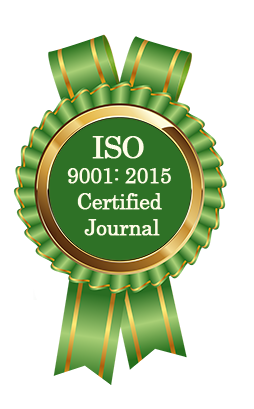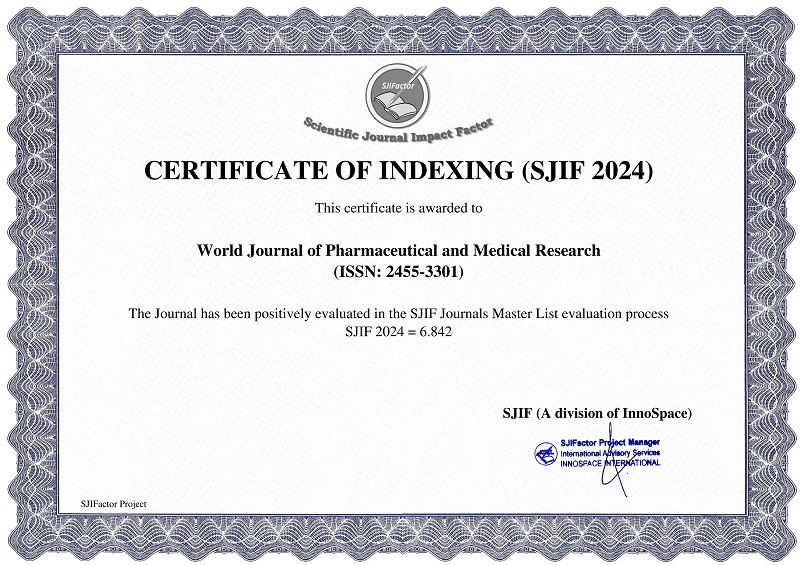MELASMA: AN AYURVEDIC PERSPECTIVE ON PATHOGENESIS AND MANAGEMENT
*Dr. Natasha Singh and 2Prof. Dr. Chitta Ranjan Das
ABSTRACT
Skin is the body’s largest organ, serving as a protective barrier against environmental factors while regulating temperature and preventing moisture loss. It consists of multiple layers, including the epidermis, dermis, and subcutaneous tissue, each playing a crucial role in skin health and appearance.[1] Hyperpigmentation is a common dermatological condition characterized by the darkening of certain skin areas due to excess melanin production. It can result from various factors, including sun exposure, inflammation, hormonal changes, and skin injuries. Common types of hyperpigmentation include melasma, post-inflammatory hyperpigmentation (PIH), and age spots. While generally harmless, it can affect self-esteem and may indicate underlying skin health issues.[2] Effective management of hyperpigmentation involves sun protection, topical treatments (such as vitamin C, retinoids, and hydroquinone), chemical peels, and laser therapies.[3] Understanding the causes and prevention strategies is essential for maintaining an even skin tone and overall skin health. Further research continues to explore advanced treatments and the role of genetics in hyperpigmentation development. Panchakarma Therapy (Detoxification) A targeted Ayurvedic detox program designed to remove toxins (Ama) from the body, which can contribute to issues with skin pigmentation. Virechana (Purgation Therapy) – A cleansing method that employs herbal laxatives to eliminate excess Pitta (heat) from the liver and enhance skin appearance. Raktamokshana (Bloodletting Therapy) – An age-old technique for blood purification that involves the use of leeches or controlled blood removal to address persistent pigmentation.
[Full Text Article] [Download Certificate]



